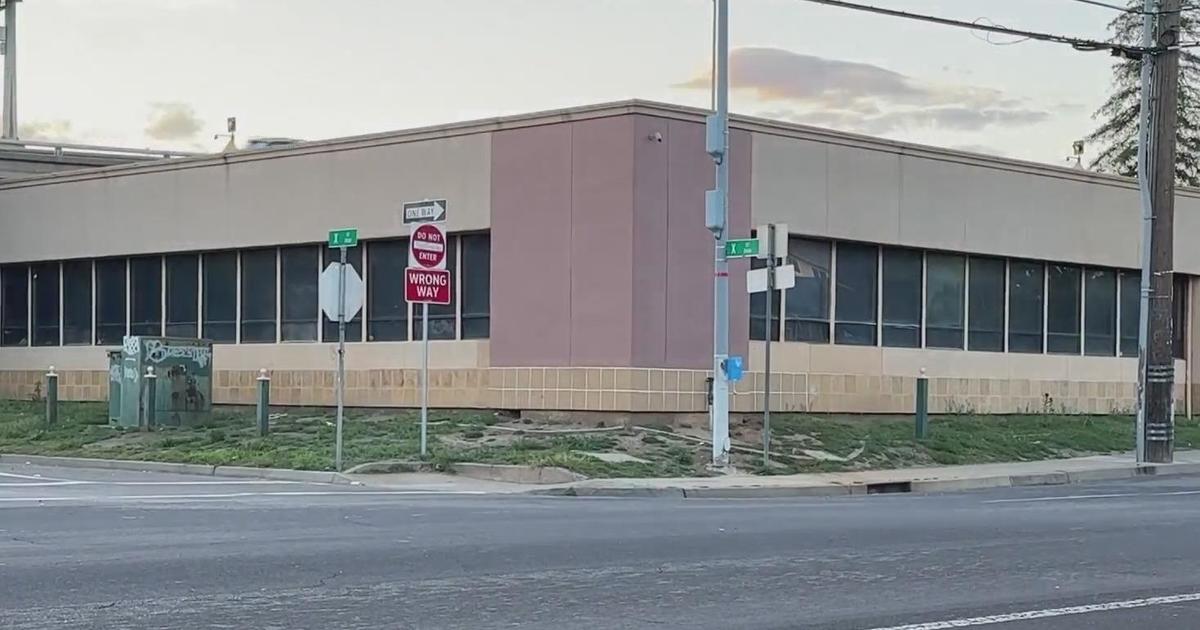Chaotic dance of merging galaxies captured in new Webb telescope image
The beautiful chaos of two merging galaxies shines in the latest image captured by the James Webb Space Telescope.
Vice President Kamala Harris and French President Emmanuel Macron viewed the new Webb image, along with a new composite of the Pillars of Creation captured by the space observatory, during a visit to NASA Headquarters in Washington on Wednesday.
The Webb telescope, designed to observe faint, distant galaxies and other worlds, is an international mission between NASA and its partners, the European Space Agency and Canadian Space Agency.
The pair of galaxies, known as II ZW 96, are located some 500 million light-years from Earth in the Delphinus constellation. Dots of light in the image's background represent other distant galaxies.
The swirling shape of the two galaxies was created when they began merging, disturbing their individual shapes. Galactic mergers occur when two or more galaxies collide in space.
Luminous infrared galaxies
Bright regions where stars are born glow at the center of the image, while the spiral arms of the lower galaxy are twisted by the gravitational pull of the merger.
Stars form when clouds of gas and dust collapse inside of galaxies. When galaxies merge, more star formation is triggered — and astronomers want to know why.
The luminous areas of star birth are of interest to astronomers using Webb because they appear even brighter when viewed in infrared light.
While infrared is invisible to the human eye, Webb's capabilities allow it to spy previously unseen aspects of the universe.
Webb's Near-Infrared Camera and Mid-Infrared Instrument were both used to capture the new image.
Astronomers are using the observatory to study how galaxies evolve and, among other topics, why luminous infrared galaxies like II ZW 96 shine brightly in infrared light, reaching luminosities more than 100 billion times that of our sun.
Researchers have turned Webb's instruments on merging galaxies, including II ZW 96, to pick out fine details and compare the images with those previously taken by ground-based telescopes and the Hubble Space Telescope. Together, the observations can reveal a more complete picture of how galaxies change over time.




